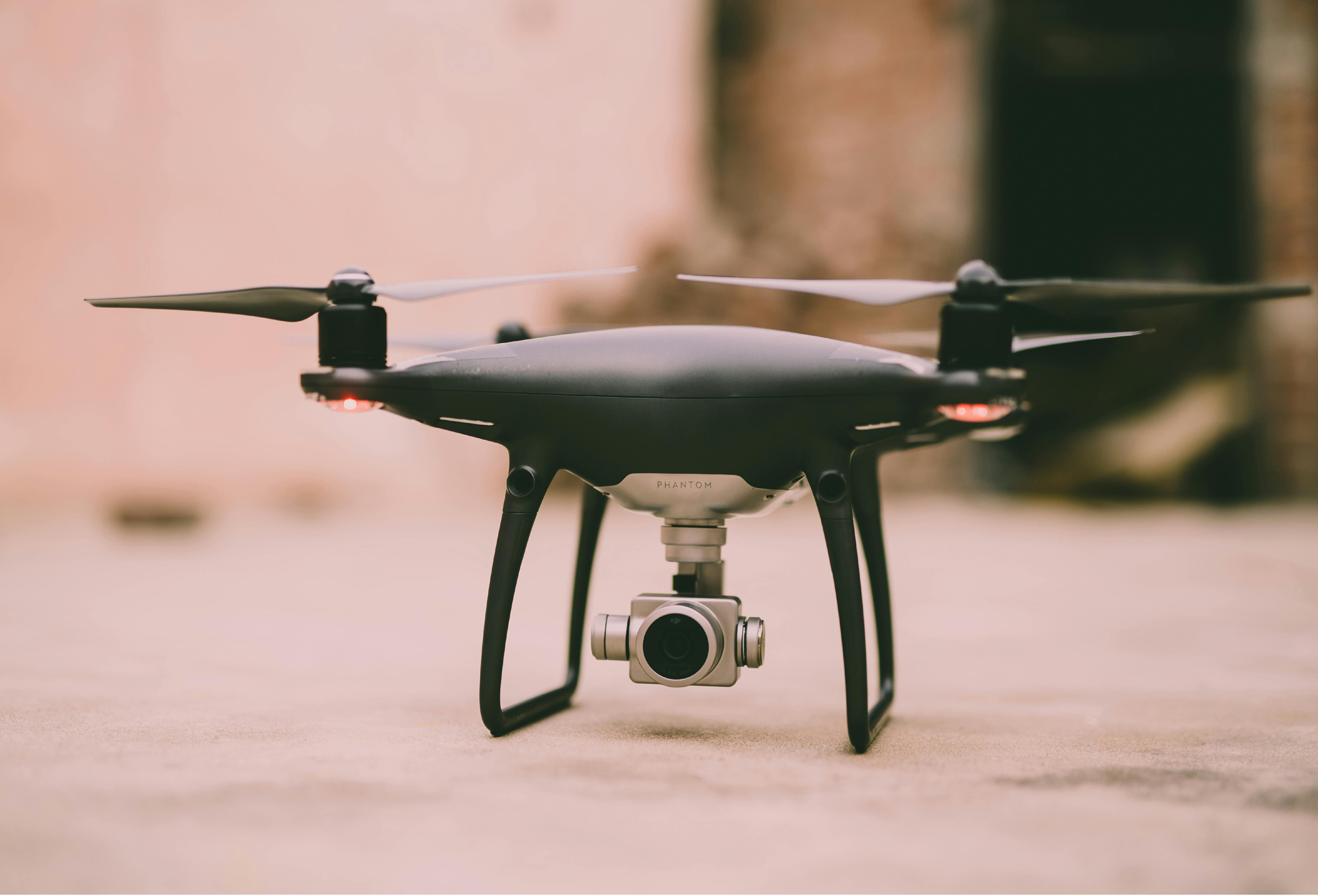Drone videography offers a new perspective on storytelling, capturing sweeping landscapes and dynamic action shots that were once only possible with expensive equipment and large crews. This guide provides a foundation for getting started, covering the essential gear, camera settings, and flying techniques needed to create compelling video content from the air. By understanding these basics, you can elevate your filmmaking and produce professional-quality footage.
Essential Gear for Drone Videography
Beyond the drone itself, several pieces of equipment are crucial for producing high-quality aerial videos. A good camera is the most important component; many high-end drone videography come with integrated cameras capable of shooting in 4K resolution, but you may also choose a model that allows you to attach your own. You will also need several high-capacity memory cards to store your footage and extra batteries to extend your flying time. For post-production, reliable video editing software like Adobe Premiere Pro or DaVinci Resolve is necessary to assemble your clips, correct colours, and add finishing touches.
Mastering Drone Camera Settings
To get the best possible video quality, you will need to move beyond automatic settings and learn to adjust your camera manually. Three key settings to master are ISO, aperture, and shutter speed. ISO controls the camera’s sensitivity to light; a lower ISO (around 100-200) is ideal for bright, sunny days to avoid grainy footage. Aperture, measured in f-stops, affects the depth of field and the amount of light entering the lens. A wider aperture (lower f-stop) lets in more light, which is useful in lower light conditions. Shutter speed determines how long the camera’s sensor is exposed to light. For a natural cinematic motion blur, a good rule of thumb is to set your shutter speed to double your frame rate. For example, if you are shooting at 24 frames per second (fps), your shutter speed should be 1/50th of a second.
Basic Drone Movements and Shots
The way you fly the drone directly influences the final look of your video. Mastering a few fundamental movements can add a professional feel to your work. The dolly shot involves flying the drone forward or backward smoothly, which is great for revealing a subject or landscape. A pan shot is achieved by rotating the drone horizontally to capture a wide panorama. The pedestal shot moves the drone straight up or down, offering a top-down view or revealing a scene from above. Combining these movements, such as a dolly forward while ascending, can create complex and visually interesting shots that draw the viewer into the scene.
Post-Production Techniques
The editing process is where your footage transforms into a polished video. Start by organising your clips and selecting the best takes. From there, you can begin to build your narrative. Colour grading is a vital step for giving your video a consistent and professional look; this involves adjusting the colour and tone of your footage to create a specific mood. You can also stabilise any shaky shots using software features to produce a smoother final product. Adding a suitable soundtrack and sound effects will complete the video, enhancing its emotional impact.
Legal Considerations and Safety
Before you fly, it is important to understand the regulations in your area. In the UK, the Civil Aviation Authority (CAA) sets the rules for drone operation. You must register as a drone operator and pass a theory test to get a flyer ID. Always fly within your visual line of sight and avoid flying over crowds or restricted areas. Safety should be your primary concern. Check your equipment before each flight, be mindful of weather conditions, and maintain safe distances from people.
Final Thoughts on Aerial Filmmaking
Drone videography opens up a wide range of creative possibilities. By investing in the right gear, learning to control your camera settings, and practising basic flying manoeuvres, you can begin to capture stunning aerial footage. Always remember to fly safely and in accordance with local laws. The more you practise, the more confident you will become, allowing you to push your creative boundaries and tell powerful stories from a fresh perspective.

